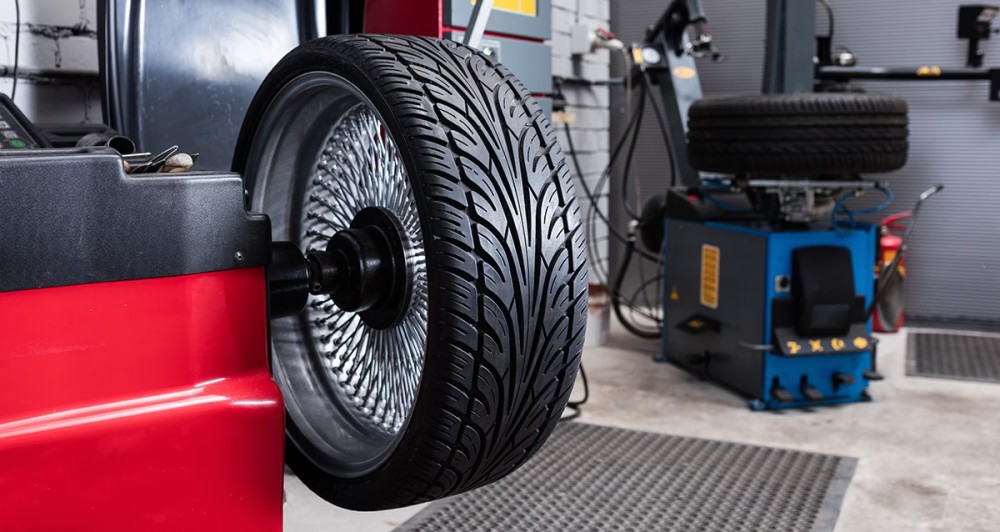The mass air flow (MAF) sensor is a crucial component to your vehicle’s engine management system. It measures the amount of air entering the engine and sends this data to the brain of the engine, the engine control unit (ECU), allowing the fuel injection system to deliver the correct air-to-fuel ratio for optimal performance. A properly functioning MAF sensor ensures top acceleration, smooth ride, fuel efficiency, and reduced emissions.
When the MAF sensor malfunctions, it can lead to a variety of performance issues. Common mass air flow sensor failure symptoms include a rough idle, reduced fuel efficiency, hesitation during acceleration, and even difficulty starting the engine. Additionally, a failing MAF sensor may trigger the check engine light, prompting a diagnostic trouble code related to the air-fuel mixture.
One of the main causes of MAF sensor failure is contamination from dirt, debris, and oil residues. If ignored for too long, these particles can accumulate on the sensor’s delicate components, leading to inaccurate readings. Other potential causes are from troubles from the ECU, which includes electrical issues or faulty wiring. Regular MAF sensor maintenance, such as cleaning or replacing the sensor, can help to prevent engine performance problems.
To diagnose a faulty MAF sensor, auto repairs typically use an OBD-II scanner to retrieve trouble codes and assess air-fuel ratio readings. In some cases, cleaning the sensor with a specialized MAF sensor cleaner can restore proper functionality. However, in some cases if the sensor is beyond repair, replacement is the best solution to ensure your vehicle runs efficiently.
Ignoring MAF sensor issues can lead to long-term engine damage. If you experience any of the warning signs mentioned above, it’s best to address the issue promptly to maintain optimal vehicle performance and avoid costly repairs.





